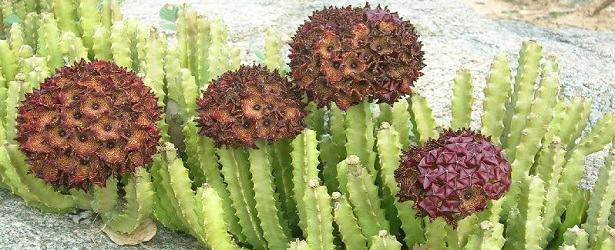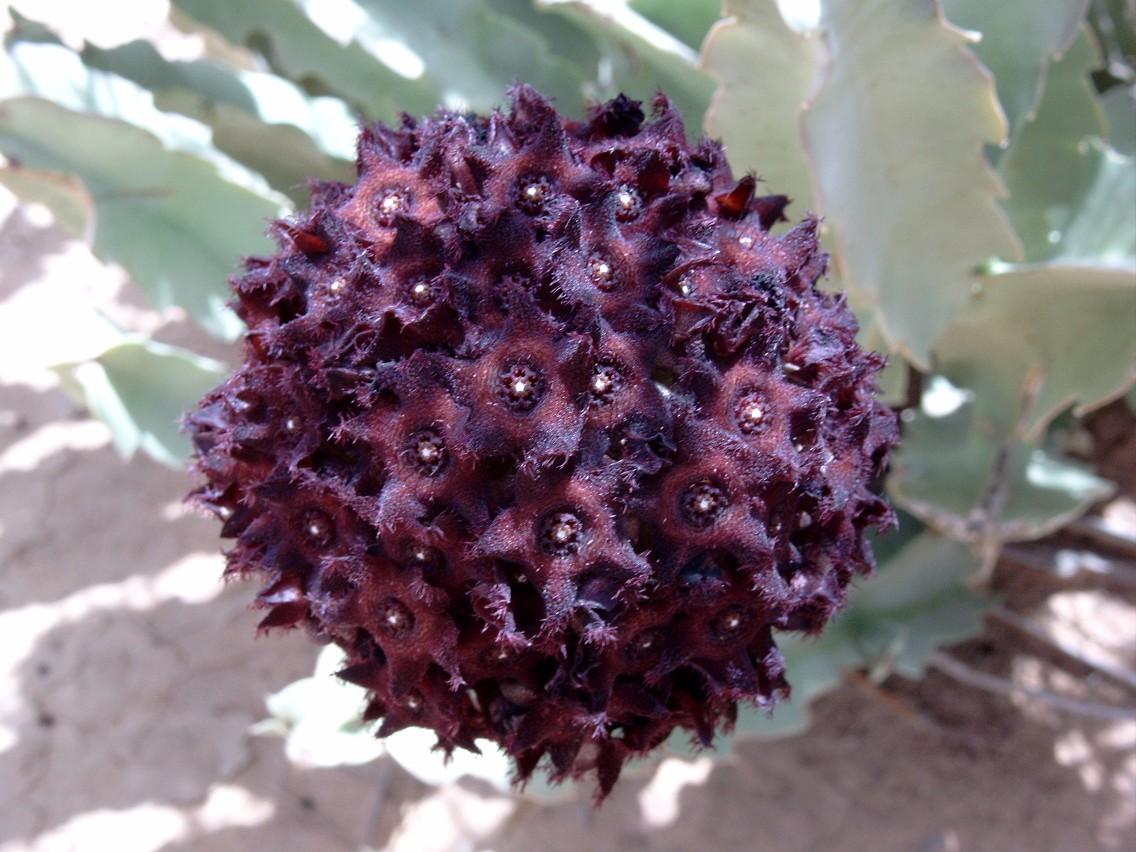People often ask me "Which plants are best for pollinators?" There's no perfect answer, but I usually urge people to plant native perennials. But, is this right from the BBB (Birds, Butterflies, and Bees) point of view?
 |
| Professor Christina Grozinger |
The perfect pollinator plant depends a lot on where you are planting it. A 20th floor balcony demands different choices than a back yard flower bed. Experienced gardeners are good at helping you decide which plants will thrive in your location, but when we throw in the BBB perspective there is simply less expertise out there.
That's why it's nice to report that a number of pollination scientists have actually tested this. No one study covers the entire range of horticultural conditions but we can piece together a pretty good set of answers by looking at half a dozen papers published this decade.
I started off down this winding garden path by reading a recent article from the University of Pennsylvania titled "
More Than Meets the Eye? The Role of Annual Ornamental Flowers in Supporting Pollinators". This is an open source paper (yay, authors!) from the lab of
Christina Grozinger, a well respected pollinator biologist.
 |
| Emily Erickson |
I was interested in this article because it looked at annuals, which are much more likely to be found in say a window box or balcony planter than perennials. Emily Erickson, a Ph.D. student in Christina's lab, went deep rather than wide. That is, instead of looking at 25 different species of ornamental annuals, she looked at just 5 species (Alyssum, Egyptian Starcluster, Lantana, Marigold, and Zinnia) but she evaluated 5 different strains of each species. This is really important because plant breeders don't usually select for things important to pollinators: nectar and pollen. Instead breeders look for color, size, and length of bloom. Some ornamental strains of common annuals are literally
castrated - they provide no pollen to avoid mussing up your flower arrangements. Not so good for many pollinators!
By looking at many popular strains of some of the most often recommended annuals for pollinators, Emily was able to say not only which species of annual attracted the most butterflies, bees, and birds but also whether it matters which strain you find at the garden center. The short answer is yes, it very much matters.
Here are the 25 ornamental annuals Emily Erickson tested for attractiveness to pollinators:
 |
| Erickson et al 2019, Figure 2. Environmental Entomology. Copyright © 2019, Oxford University Press |
Could you pick the best BBB plant by eye? The results are surprising. The most attractive strain, by number of pollinator visitors, was Alyssum 'Snow Princess', and in second place Alyssum 'Frosty Knight'. Snow Princess had more than three times as many visitors as the average strain tested.
Why? Well, one factor is that those two Alyssum strains have been bred to be sterile - they don't set seed. This means sterile flowers keep on providing nectar and pollen much longer than a flower which has been pollinated and turns its energies to setting seed. Florists and garden show exhibitors know this trick - a mesh bag or old stocking tied over a spike of delphiniums or larkspurs will give many more flowers in bloom for the vase than a flower spike in which pollinators have had access.
The other three Alyssum strains are all fertile and had average numbers of visitors, except for 'Wonderland Deep Purple', which had the third lowest visitor count of the 25 strains. Strain matters!
"Egyptian Starcluster" is a more awkward name than
Pentas, the scientific genus name. This species is hyped as great for pollinators, but had the lowest average visitation over the 5 strains, as well as the lowest and second lowest strains. I'd avoid it! Here are quotes from three different websites:
"Pentas is one of the best pollinator friendly plants you can grow."
"Colorful pentas, also known as Egyptian starcluster or star flower, are one of the best choices to attract pollinators like butterflies and hummingbirds to your garden."
"Vibrant blooms are a magnet for pollinators."
 |
| Zinnia 'Peppermint'. Clement Kent, CC-by-SA 3.0 |
Emily Erickson noted not just the number of pollinators but the kinds as well. Alyssum had mostly bees and flies visiting, while marigolds had bees and some butterflies. Lantana had almost entirely butterfly visitors, while Zinnia had a good balance of types of pollinators. Please note that among Zinnia strains, you're best off with those that are not too doubled. In the picture from my back porch this summer on the left, are three blooms from the seed strain 'Peppermint'. The one on the right is so doubled that the actual florets (the little yellow bits in the center) are covered up. That flower may be nice to our eyes but it will get no pollinators. The one in the middle is what you are aiming for.
 |
| Monarch on Zinnia. Clement Kent, CC-by-SA 3.0 |
If you buy zinnias at a store, look for a broad central region with actual florets, such as the one on the right from my garden. These really do get a great stream of butterflies, bees, and hummingbirds.
Well, it's time for me to help with dinner. Next time I blog, I'll look at scientific studies of pollinators on perennials and herbs, with some delicious advice for balcony gardeners.





 We're also going to involve local kids and young adults in several ways. Mobile apps to help them identify plants and pollinators will be rolled out, with awards going to young pollinator experts.
We're also going to involve local kids and young adults in several ways. Mobile apps to help them identify plants and pollinators will be rolled out, with awards going to young pollinator experts. 





























